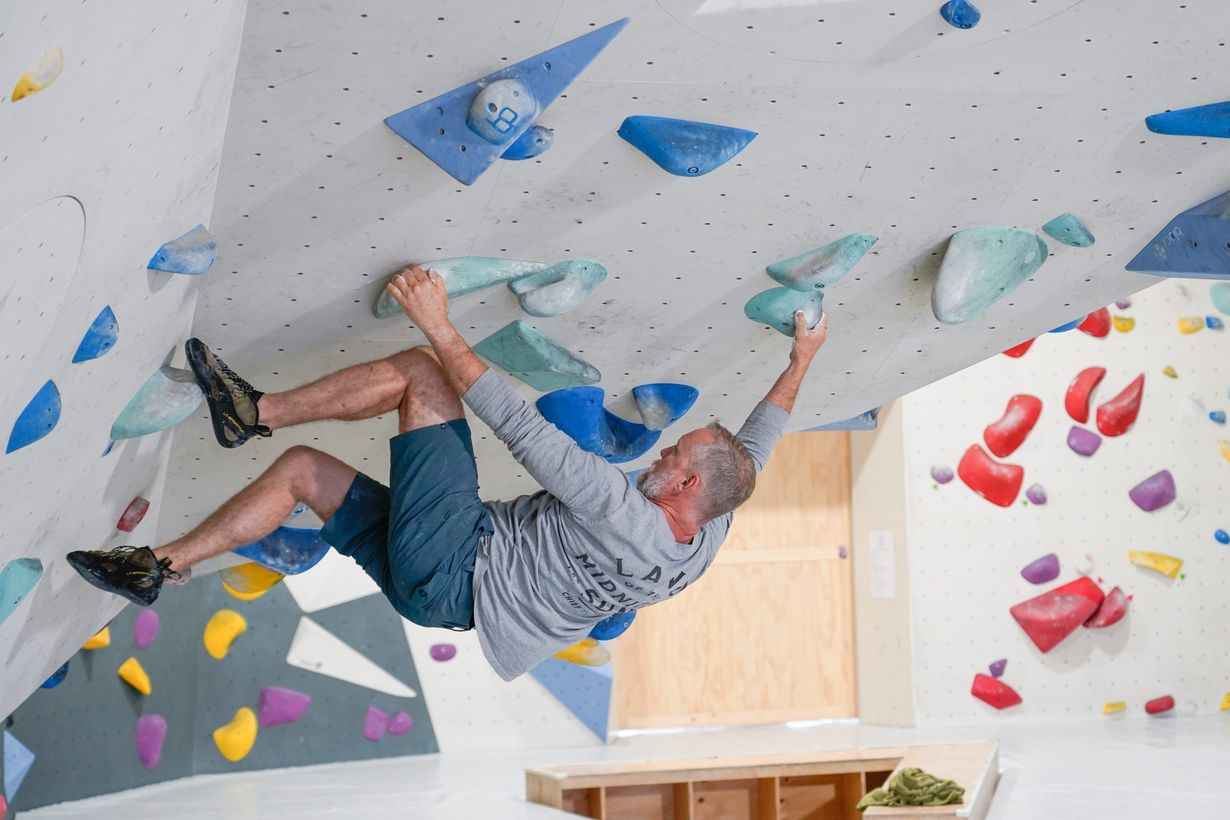
Bouldering is a thrilling sport that combines physical strength, mental strategy, and a love for adventure. Unlike traditional rock climbing, bouldering involves climbing shorter walls without the use of ropes or harnesses. This makes it accessible to beginners while still challenging for seasoned climbers. Bouldering routes, known as "problems," require climbers to solve puzzles with their bodies, making each climb unique. Whether you're scaling indoor walls or tackling outdoor boulders, this sport offers a full-body workout and a sense of accomplishment. Ready to learn more? Here are 26 fascinating facts about bouldering that will inspire you to chalk up and start climbing!
What is Bouldering?
Bouldering is a form of rock climbing performed on small rock formations or artificial rock walls without the use of ropes or harnesses. Climbers rely on crash pads to protect themselves from falls. This sport emphasizes strength, technique, and problem-solving skills.
-
Bouldering routes are called "problems" because they require climbers to solve a series of moves to reach the top.
-
The height of bouldering walls typically ranges from 10 to 20 feet, making it safer than traditional rock climbing.
-
Bouldering can be done both indoors and outdoors, providing flexibility for climbers.
The History of Bouldering
Understanding the origins of bouldering can give you a deeper appreciation for the sport. It has evolved significantly over the years.
-
Bouldering began as a training method for roped climbs and mountaineering in the late 19th century.
-
The sport gained popularity in the 1950s and 1960s, particularly in Fontainebleau, France, a renowned bouldering destination.
-
John Gill, an American climber, is often credited with transforming bouldering into a sport of its own during the 1950s.
Essential Bouldering Gear
While bouldering requires minimal equipment compared to other forms of climbing, certain gear is essential for safety and performance.
-
Climbing shoes are crucial for providing grip and support on small footholds.
-
Chalk helps keep hands dry and improves grip on holds.
-
Crash pads are used to cushion falls and prevent injuries.
-
A brush is often used to clean holds, ensuring they remain grippy and free of dirt.
Bouldering Grades and Difficulty
Bouldering problems are graded based on their difficulty, helping climbers choose routes that match their skill level.
-
The V-scale, developed in the United States, ranges from V0 (easiest) to V17 (hardest).
-
The Fontainebleau scale, used in Europe, ranges from 1A to 9A, with higher numbers indicating more difficult problems.
-
Grades can be subjective and may vary between climbing gyms and outdoor locations.
Physical and Mental Benefits of Bouldering
Bouldering offers numerous physical and mental health benefits, making it a popular choice for fitness enthusiasts.
-
It provides a full-body workout, engaging muscles in the arms, legs, core, and back.
-
Bouldering improves flexibility and balance, essential for executing complex moves.
-
The sport enhances problem-solving skills and mental focus, as climbers must plan and execute sequences of moves.
-
Bouldering can reduce stress and improve mental well-being through physical activity and social interaction.
Famous Bouldering Destinations
Certain locations around the world are renowned for their exceptional bouldering opportunities, attracting climbers of all levels.
-
Fontainebleau, France, is one of the most famous bouldering areas, known for its diverse and challenging problems.
-
Hueco Tanks in Texas, USA, offers unique rock formations and a rich climbing history.
-
Bishop, California, USA, features high-quality granite boulders and stunning mountain scenery.
-
Rocklands in South Africa is a premier bouldering destination with a wide variety of problems and breathtaking landscapes.
Bouldering Competitions
Competitive bouldering has grown in popularity, with events held worldwide and climbers competing at various levels.
-
The International Federation of Sport Climbing (IFSC) organizes World Cup events and World Championships for bouldering.
-
Bouldering made its Olympic debut at the Tokyo 2020 Summer Olympics as part of the combined climbing event.
-
Competitions often feature unique and challenging problems designed to test climbers' skills and creativity.
Safety Tips for Bouldering
Safety is paramount in bouldering, and following best practices can help prevent injuries.
-
Always use a crash pad and position it correctly to cushion falls.
-
Climb with a spotter who can help guide your fall and move the crash pad as needed.
The Final Grip
Bouldering is more than just climbing rocks. It’s a blend of physical strength, mental strategy, and community spirit. Whether you’re scaling indoor walls or tackling outdoor boulders, this sport offers a unique way to challenge yourself and stay fit. From understanding the grading system to knowing the importance of safety mats, every fact about bouldering adds to your climbing experience.
Remember, it’s not just about reaching the top but enjoying the journey. Each climb teaches you something new, whether it’s about technique, endurance, or even yourself. So, grab your climbing shoes, chalk up your hands, and hit the nearest bouldering spot. The rocks are waiting, and every climb is a new adventure. Happy climbing!
Was this page helpful?
Our commitment to delivering trustworthy and engaging content is at the heart of what we do. Each fact on our site is contributed by real users like you, bringing a wealth of diverse insights and information. To ensure the highest standards of accuracy and reliability, our dedicated editors meticulously review each submission. This process guarantees that the facts we share are not only fascinating but also credible. Trust in our commitment to quality and authenticity as you explore and learn with us.
